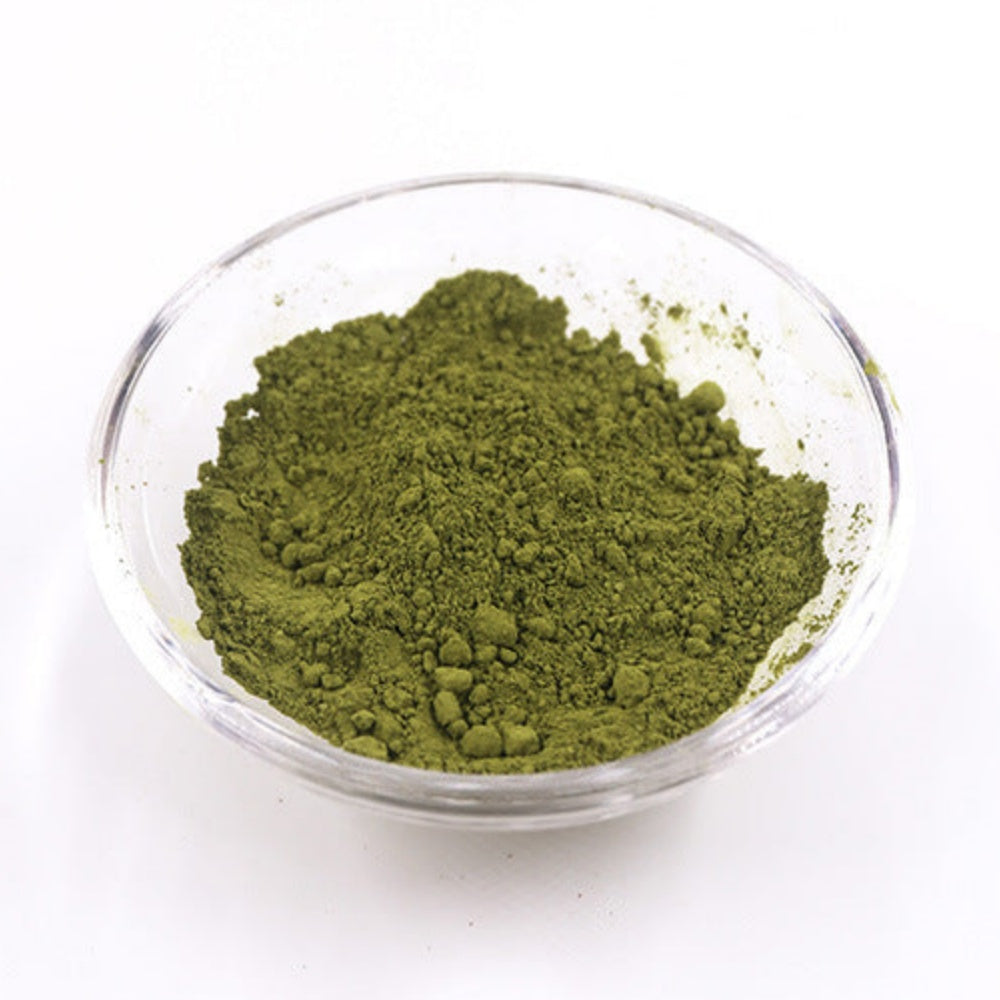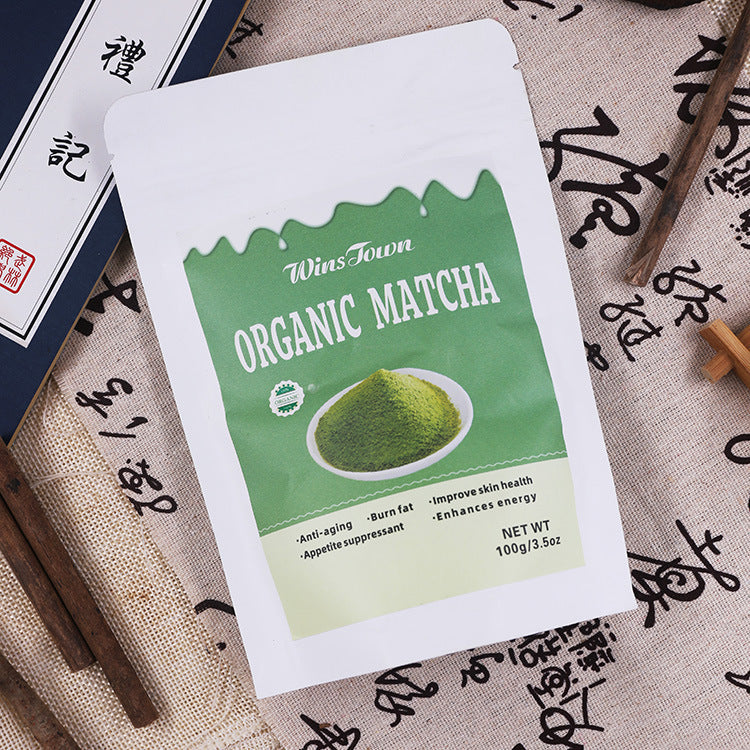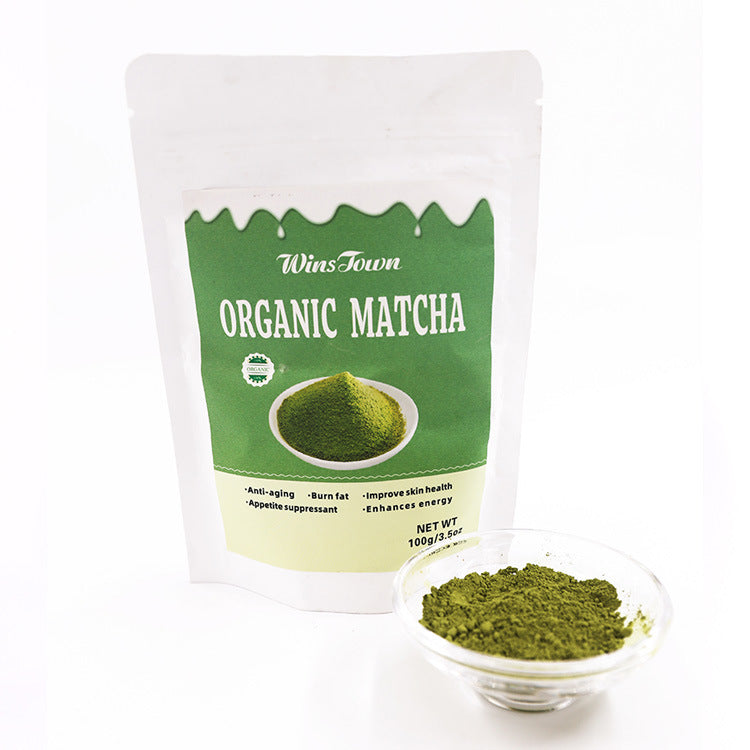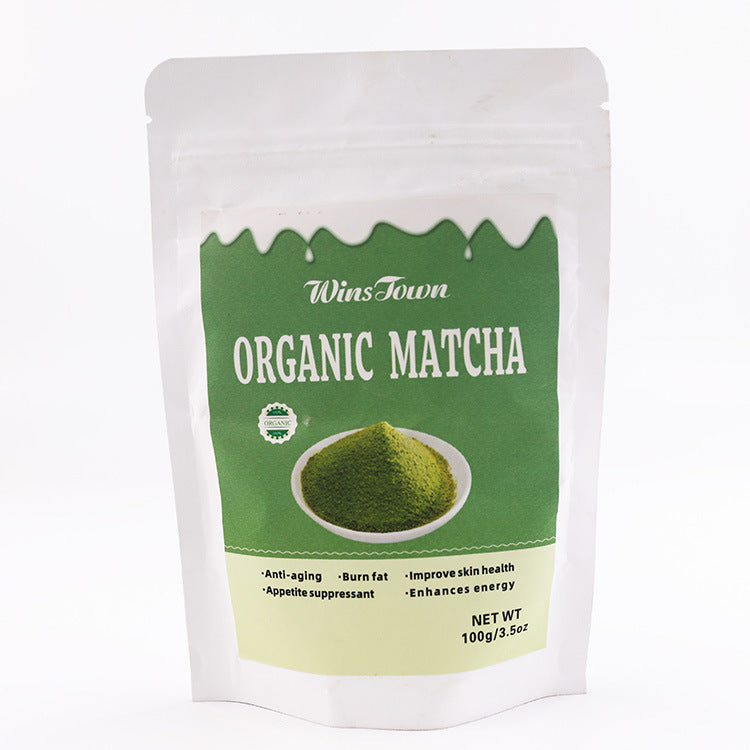YUNNAN TEAS
Matcha-Organic green matcha lmproved skin health 綠茶抹茶(有機)
Matcha-Organic green matcha lmproved skin health 綠茶抹茶(有機)
Couldn't load pickup availability
Shipping & Delivery
Shipping & Delivery
Our team will ship your order within 3 business days. The time it takes to receive your order depends on the shipping method chosen at checkout, with delivery typically ranging from 7 to 15 days.
Return Policy
Return Policy
Try YUNNAN TEAS Risk-Free: Enjoy a 30-Day Money-Back Guarantee—Not Satisfied? Get a Free Replacement or Full Refund, No Questions Asked
Organic green matcha lmproved skin health 綠茶抹茶(有機)








Caption
Brewing Techniques for Health-Preserving Tea
For brewing health tea, choose high-quality water like pure or spring water to preserve aroma and benefits, avoiding chlorinated tap water. Use 80-85°C for green/floral teas, 90-95°C for red/black teas, and 95-100°C for herbal teas like goji berry.
Use 3-5g tea per 150-200ml water, adjusting for herbal potency. Brew green/floral teas for 1-2 minutes, red/black teas for 2-3 minutes, and herbal teas for 5-10 minutes, extending slightly for multiple infusions to optimize flavor and effects.

The tea-making technique of Longjing
Every spring, tea farmers pick fresh leaves in four rounds, in accordance with the changing seasons. They must carefully and gently pluck the leaves and immediately place them in tea baskets. If the leaves stay in the hands for too long, the temperature of the hands will affect the color of the leaves and, even more importantly, the flavor of the tea.
After being plucked, the fresh leaves undergo about an hour of pan-frying. Typically, 500 grams of fresh leaves will produce 100-150 grams of dried tea leaves.





